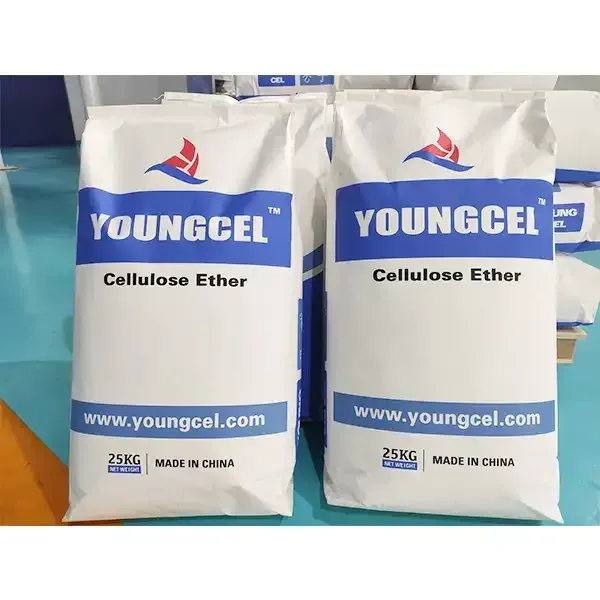Hydroxypropyl Methyl Cellulose (HPMC) An Overview
Hydroxypropyl Methyl Cellulose (HPMC) is a versatile and widely used polymer known for its unique properties. It belongs to the cellulose ether family and is derived from naturally occurring cellulose obtained from plant materials. Due to its water-soluble nature and ability to form gels, HPMC is utilized in various industries, including pharmaceuticals, food, cosmetics, and construction.
Hydroxypropyl Methyl Cellulose (HPMC) An Overview
In the food industry, HPMC functions as a food additive and is often employed to improve texture and stability. It acts as a thickener and can help retain moisture in food products, which is particularly beneficial in products like sauces, dressings, and dairy alternatives. Since HPMC is derived from cellulose, it is considered a non-caloric ingredient, making it a suitable choice for low-calorie and fat-free formulations. Its emulsifying properties help stabilize oil-water mixtures, preventing separation and enhancing the overall quality of food products.
hydroxypropyl methyl cellulose hpmc

Moreover, HPMC plays a significant role in the field of cosmetics and personal care. It is commonly found in creams, lotions, and gels, where it contributes to product stability, improves texture, and enhances skin feel. The film-forming abilities of HPMC enable it to create a protective layer on the skin, which can help in moisture retention and provide a smooth application. Due to its non-toxic nature, HPMC is safe for use in cosmetic formulations, making it a preferred ingredient among manufacturers.
In the building and construction industry, HPMC is utilized as an additive in cement and gypsum-based materials. Its water retention properties ensure that the mixture remains workable for a longer period, facilitating easier application. When added to tile adhesives or plaster, HPMC improves adhesion and reduces sagging, enhancing performance and durability. This characteristic is particularly important in construction applications, where the performance of materials is critical.
Furthermore, HPMC is increasingly gaining attention in the realm of 3D printing and additive manufacturing. Its ability to form a gel-like structure makes it suitable for various filament formulations, contributing to improved print quality and precision. The versatility of HPMC allows it to be adapted for different printing techniques, providing additional opportunities for innovation in this rapidly evolving field.
In conclusion, Hydroxypropyl Methyl Cellulose (HPMC) is a multifunctional polymer with a wide range of applications across various industries. Its unique properties, such as thickening, emulsifying, and film-forming capabilities, make it an invaluable ingredient in pharmaceuticals, food, cosmetics, and construction. As research continues and industries evolve, the demand for HPMC is expected to grow, paving the way for new formulations and innovative applications. Its role in enhancing product performance while maintaining safety and efficacy solidifies HPMC's position as a vital component in modern manufacturing processes.






